Meller’s mongoose (Rhynchogale melleri) is a little brown mongoose endemic to southeastern Africa’s savannas and woods. It is the sole member of the Rhynchogale genus. The Meller’s mongoose is nocturnal and feeds on termites and other tiny insects and mammals. While it is uncommon, it is adaptive and faces no severe risks. It belongs to the mongoose family (Herpestidae), which includes fox-like creatures endemic to Asia, southern Europe, and Africa.
John Edward Gray coined the scientific name Rhinogale melleri in 1865 for a grey-brown mongoose zoological specimen obtained in East Africa. Oldfield Thomas classified it as Rhynchogale in 1894.
Meller’s mongoose has a medium to big stature, a light to dark brown body, and a long tail. The top sections of Meller’s mongoose are coarsely grizzled at close range. The lower limbs are darker than the top half of the body. The undersides are often paler in color than the tops. It is around 80 cm (31 in) long and weighs 2-3 kg (4.4-6.6 lb). The tail is about half the length of the body. The tail color varies and can be black, brown, or white, with dark brown to black being the most common. Meller’s mongoose is similar to the white-tailed mongoose; however, it is smaller and blacker overall.
Meller’s Mongoose: Species Profile
COMMON NAME: Meller’s Mongoose
SWAHILI NAME: Nguchiro wa Meller
SCIENTIFIC NAME: Rhynchogale melleri
TYPE: Mammal
FOOD: Meller’s mongooses are omnivorous, feeding on a variety of food items. Their diet primarily consists of small mammals, birds, reptiles, insects, fruits, and seeds.
HABITAT: Meller’s mongooses are found in various habitats, including forests, savannas, grasslands, and rocky areas. They are native to sub-Saharan Africa, particularly in eastern and southern regions.
SIZE: Meller’s mongooses have a body length of about 45 to 60 centimeters (18 to 24 inches), with a tail length of approximately 35 to 45 centimeters (14 to 18 inches). They weigh between 1.5 to 2.5 kilograms (3.3 to 5.5 pounds).
AVERAGE LIFE SPAN IN THE NATURAL HABITAT: In the wild, Meller’s mongooses have an average lifespan of around 6 to 10 years. However, some individuals may live longer under favorable conditions.
ACTIVE: Meller’s mongooses are primarily diurnal, meaning they are active during the day. They are agile climbers and proficient runners, allowing them to navigate through different types of terrain in search of food and shelter.
GESTATION PERIOD: The gestation period for Meller’s mongooses is approximately 60 to 70 days. Female mongooses give birth to litters of 2 to 4 young, which are born in underground burrows or other concealed locations.
WEIGHT: Meller’s mongooses weigh between 1.5 to 2.5 kilograms (3.3 to 5.5 pounds), making them relatively small to medium-sized mammals. They have a slender body, short legs, and a pointed snout.
SIZE COMPARISON TO A 6-FT MAN: Meller’s mongooses are much smaller than a 6-ft man, with a body length of about 45 to 60 centimeters (18 to 24 inches). They are agile and adapted to their natural habitats, enabling them to move swiftly and efficiently.
Physical Features:
Meller’s Mongoose (Rhynchogale melleri) is a medium-sized mongoose species found in eastern and southern Africa. Here are some key characteristics of its appearance:
1. Body Size: Meller’s Mongoose has a robust body structure with a length ranging from 40 to 55 centimeters (16 to 22 inches). The tail adds an additional 20 to 25 centimeters (8 to 10 inches) to its overall length.
2. Fur Color: It has short and dense fur that is typically reddish-brown or grayish-brown in color, with a slightly lighter underbelly.
3. Facial Features: The face of Meller’s Mongoose is elongated with a pointed snout and small, rounded ears. Its eyes are relatively large and have a reflective quality.
4. Limbs and Tail: It has well-developed limbs with sharp, non-retractable claws that aid in digging. The tail is long and bushy, often used for balance and communication.
5. Scent Glands: Meller’s Mongoose possesses anal glands that produce a strong-smelling secretion, which is used for territorial marking.
Meller’s Mongoose has a distinct appearance that enables it to adapt and thrive in various habitats across its range.
A. Sleek and Agile Build:
Meller’s Mongoose possesses a slender and agile body, perfectly adapted for its stealthy hunting pursuits. It measures approximately 40 to 50 centimeters in length, with a long tail that adds an additional 30 to 40 centimeters. Their sleek physique and muscular build enable them to move swiftly through various terrains.
B. Unique Coat Pattern:
This mongoose species is recognized by its striking coat pattern, which typically features a rich brown or reddish-brown coloration. It often displays lighter markings on its face, throat, and underbelly, creating a captivating contrast. These markings not only add to its visual appeal but also provide effective camouflage in its natural habitat.
Habitat and Distribution:
Meller’s Mongoose primarily inhabits the diverse landscapes of eastern and southern Africa. It favors a range of habitats, including savannas, woodlands, thickets, and riverine areas. Its adaptability allows it to thrive in both arid and more humid regions, showcasing its remarkable resilience.
Hunting Techniques:
A. Nocturnal Predator:
Meller’s Mongoose is primarily nocturnal, taking advantage of the cover of darkness to hunt for its prey. With excellent night vision and keen senses, it skillfully navigates its environment in search of food.
B. Versatile Diet:
These mongooses have a versatile diet that includes insects, small mammals, reptiles, birds, eggs, and fruits. They are opportunistic hunters, adapting their feeding preferences based on the availability of prey in their habitat.
C. Stealthy Approach:
Meller’s Mongoose is a master of stealth. It silently stalks its prey, relying on its agility and keen senses to get close enough for a successful ambush. Its quick reflexes and sharp teeth allow for efficient capture and consumption of its quarry.
Social Behavior:
Meller’s Mongoose (Rhynchogale melleri) displays interesting behaviors that contribute to its survival and adaptation in its natural habitat. Here are some key aspects of its behavior:
1. Solitary Creatures: Meller’s Mongoose is primarily a solitary species. It tends to live and forage alone, only coming together with others during the mating season.
2. Nocturnal Activity: This mongoose species is mainly active during the night, utilizing its keen sense of hearing, smell, and vision to navigate and locate prey in the darkness.
3. Territorial Behavior: Meller’s Mongoose is known to establish and defend its territory. It marks its territory using scent markings from anal glands and by depositing feces in prominent locations.
4. Agile and Active: Meller’s Mongoose is a quick and agile mover, capable of running, climbing trees, and digging burrows with its strong limbs and sharp claws. It is an active hunter, constantly on the lookout for insects, small mammals, birds, and reptiles.
5. Communication: Communication in Meller’s Mongoose is primarily through vocalizations, including growls, hisses, and high-pitched squeaks. Tail movements and body postures also play a role in conveying messages to conspecifics.
6. Parental Care: Female Meller’s Mongoose is responsible for raising the young. They create burrows or use existing ones for shelter and protection. The female provides food and teaches her offspring essential hunting and survival skills.
Meller’s Mongoose exhibits a range of behaviors that allow it to adapt to its environment and ensure its survival. Its solitary nature, nocturnal activity, and territorial behavior contribute to its success as a predator and enable it to thrive in various habitats.
Meller’s Mongoose displays a primarily solitary lifestyle, with individuals usually inhabiting their own territories. However, they may occasionally come together in pairs or small groups for mating or social interactions. Communication among individuals involves vocalizations, scent marking, and visual displays.
Conservation Status:
Meller’s Mongoose is currently listed as a species of “Least Concern” on the IUCN Red List. However, habitat loss, fragmentation, and human-wildlife conflicts pose potential threats to their populations. Continued monitoring and conservation efforts are essential to ensure the long-term survival of this species.
Conservation Efforts:
A. Protected Areas and Habitat Preservation:
Preserving suitable habitats and establishing protected areas are vital for the conservation of Meller’s Mongoose. Strict measures should be implemented to prevent habitat degradation, deforestation, and encroachment.
B. Community Engagement and Education:
Involving local communities in conservation initiatives, promoting awareness about the importance of preserving biodiversity, and educating people about coexisting with Meller’s Mongoose can foster a sense of stewardship and collective responsibility.
Rhynchogale melleri
Rhynchogale melleri (Meller’s Mongoose), with its sleek physique, stealthy hunting techniques, and adaptability, is a fascinating and elusive resident of the African wilderness. By prioritizing habitat preservation, raising awareness about its ecological importance, and promoting responsible interactions with this captivating species, we can contribute to its long-term survival and the conservation of the African ecosystem.
Meller’s Mongoose Adaptations:
Meller’s Mongoose (Rhynchogale melleri) possesses several adaptations that contribute to its survival and successful existence in its natural habitat. Here are some notable adaptations of this mongoose species:
1. Body Structure: Meller’s Mongoose has a slender and elongated body with short limbs, which allows it to move swiftly and navigate through narrow spaces, such as dense vegetation and rocky terrain. Its streamlined body shape helps it to efficiently hunt and avoid potential predators.
2. Sharp Claws and Teeth: This mongoose species has sharp claws and teeth that are well-suited for capturing and subduing prey. Its curved claws assist in digging burrows and climbing trees when necessary. Its teeth are designed for tearing and chewing meat, aiding in the consumption of its preferred prey.
3. Senses: Meller’s Mongoose has keen senses, including excellent hearing, a strong sense of smell, and sharp eyesight. These sensory adaptations enable it to detect prey, locate potential threats, and navigate its surroundings effectively, especially during its nocturnal foraging activities.
4. Anal Glands and Scent Marking: Meller’s Mongoose possesses specialized anal glands that produce a distinct musky odor. It uses these scent glands to mark its territory and communicate with other individuals of the species. Scent marking helps establish boundaries, avoid conflicts, and attract potential mates.
5. Camouflage: The fur of Meller’s Mongoose is typically sandy or reddish-brown in color, providing effective camouflage in its natural habitat. This adaptation helps it blend into the surrounding vegetation and remain inconspicuous, reducing the risk of predation.
6. Burrowing Behavior: Meller’s Mongoose exhibits a burrowing behavior, utilizing existing burrows or digging its own. Burrows provide protection from predators, harsh weather conditions, and serve as a safe shelter for rearing young.
These adaptations of Meller’s Mongoose enable it to thrive in its environment, ensuring effective locomotion, successful predation, communication, and survival in various habitats throughout its range.
Where to See Meller’s Mongoose in Tanzania
Meller’s Mongoose (Rhynchogale melleri) can be found in certain regions of Tanzania. It primarily inhabits the woodlands, savannas, and grasslands of the country. Here are a few specific areas where you have a chance to spot Meller’s Mongoose in Tanzania:
- Serengeti National Park: Known for its vast grasslands and diverse wildlife, Serengeti National Park is a potential habitat for Meller’s Mongoose. Explore the park’s different ecosystems, including open plains and woodland areas, where you may come across this mongoose species.
- Tarangire National Park: Located in northern Tanzania, Tarangire National Park is characterized by its impressive baobab trees and abundant wildlife. Meller’s Mongoose is known to inhabit the park’s woodlands and savannas, making it a potential sighting in this area.
- Lake Manyara National Park: This scenic park is famous for its tree-climbing lions and diverse birdlife. While exploring the park’s lush vegetation and woodland areas, keep an eye out for Meller’s Mongoose, as it can be found in these habitats.
- Ngorongoro Conservation Area: With its stunning crater and diverse wildlife, the Ngorongoro Conservation Area is another potential location to spot Meller’s Mongoose. The varied habitats within the area, including grasslands and woodlands, provide suitable environments for this mongoose species.
It’s important to note that Meller’s Mongoose is elusive and nocturnal, which means sightings can be challenging. Patience, keen observation, and the assistance of experienced guides or wildlife experts can increase your chances of spotting this species in its natural habitat.
Meller’s Mongoose Safari Tips
If you’re planning a safari to spot Meller’s Mongoose in Tanzania, here are some helpful tips:
- Experienced Guides: Engage the services of experienced safari guides or local wildlife experts who are knowledgeable about the behavior and habitats of Meller’s Mongoose. Their expertise can significantly enhance your chances of locating and observing these elusive creatures.
- Nocturnal Safari: Meller’s Mongoose is primarily active during the night, so consider going on a nocturnal safari to increase your chances of sighting them. Some safari operators offer specialized night drives or walking safaris that focus on nocturnal wildlife, including the Meller’s Mongoose.
- Patience and Observation: Meller’s Mongoose is a shy and elusive species, so be prepared for patient waiting and careful observation. Take your time to scan the surrounding areas, especially woodlands, grasslands, and shrublands, where they are commonly found.
- Suitable Timing: Plan your safari during the cooler hours of the day, such as early morning or late afternoon, when Meller’s Mongoose may be more active. These times also offer beautiful lighting for photography and wildlife observation.
- Respect Wildlife Etiquette: When encountering Meller’s Mongoose or any other wildlife, maintain a respectful distance and avoid any sudden movements or loud noises that could startle or disturb them. This ensures both your safety and the well-being of the animals.
- Proper Gear: Bring essential safari gear, including binoculars, a camera with a telephoto lens for capturing distant sightings, comfortable clothing, and sturdy walking shoes for any potential walks or hikes.
- Conservation Awareness: Learn about the conservation efforts in the area and how you can contribute to the preservation of Meller’s Mongoose and its habitat. Support eco-friendly and responsible tourism practices that prioritize wildlife conservation and sustainability.
Remember, wildlife sightings are never guaranteed, as these animals are free-roaming in their natural habitats. Embrace the overall safari experience and enjoy the diverse wildlife and stunning landscapes Tanzania has to offer.
Frequently Asked Questions about Meller’s Mongoose
1. What is the appearance of Meller’s Mongoose?
Meller’s Mongoose has a slender body with short, coarse fur that is grayish-brown in color. It has a pointed snout, small rounded ears, and a long bushy tail. It measures around 40 to 60 centimeters in length, with males being slightly larger than females.
2. What is the behavior of Meller’s Mongoose?
Meller’s Mongoose is primarily nocturnal, meaning it is most active during the night. It is a solitary creature, usually foraging alone for insects, small mammals, birds, and reptiles. It is known for its agility and speed, capable of darting through dense vegetation and climbing trees when necessary.
3. What adaptations does Meller’s Mongoose have?
Meller’s Mongoose has several adaptations that enable it to thrive in its habitat. It has sharp claws for digging and climbing, allowing it to search for food and take refuge in trees if needed. Its keen sense of smell helps it locate prey, while its slender body and nimble movements aid in navigating through various terrains.
4. Where can Meller’s Mongoose be found in Tanzania?
Meller’s Mongoose is distributed throughout eastern and southern Africa, including parts of Tanzania. It can be found in various habitats such as woodlands, savannas, and grasslands. Specific locations in Tanzania where it may be spotted include Serengeti National Park, Ngorongoro Conservation Area, and other wildlife-rich areas.
5. Is Meller’s Mongoose endangered?
Meller’s Mongoose is currently not listed as an endangered species. However, like many wildlife species, it faces threats such as habitat loss, fragmentation, and potential conflicts with human activities. Continued conservation efforts and habitat preservation are crucial for ensuring the long-term survival of Meller’s Mongoose and its ecosystem.
6. Can Meller’s Mongoose be kept as a pet?
No, Meller’s Mongoose is a wild animal and not suitable to be kept as a pet. It requires specific habitats, specialized diets, and natural behaviors that cannot be adequately provided in a domestic setting. It is important to respect wildlife and appreciate them in their natural environments.
7. How can I contribute to the conservation of Meller’s Mongoose?
You can support the conservation of Meller’s Mongoose and its habitat by practicing responsible tourism, supporting local conservation initiatives, and spreading awareness about the importance of wildlife conservation. Additionally, you can contribute to organizations and programs focused on preserving Tanzania’s biodiversity and protecting endangered species.
Please note that Meller’s Mongoose is a wild animal, and encounters with them in their natural habitats are rare. Enjoy observing them from a safe and respectful distance and always follow local regulations and guidelines for wildlife viewing.

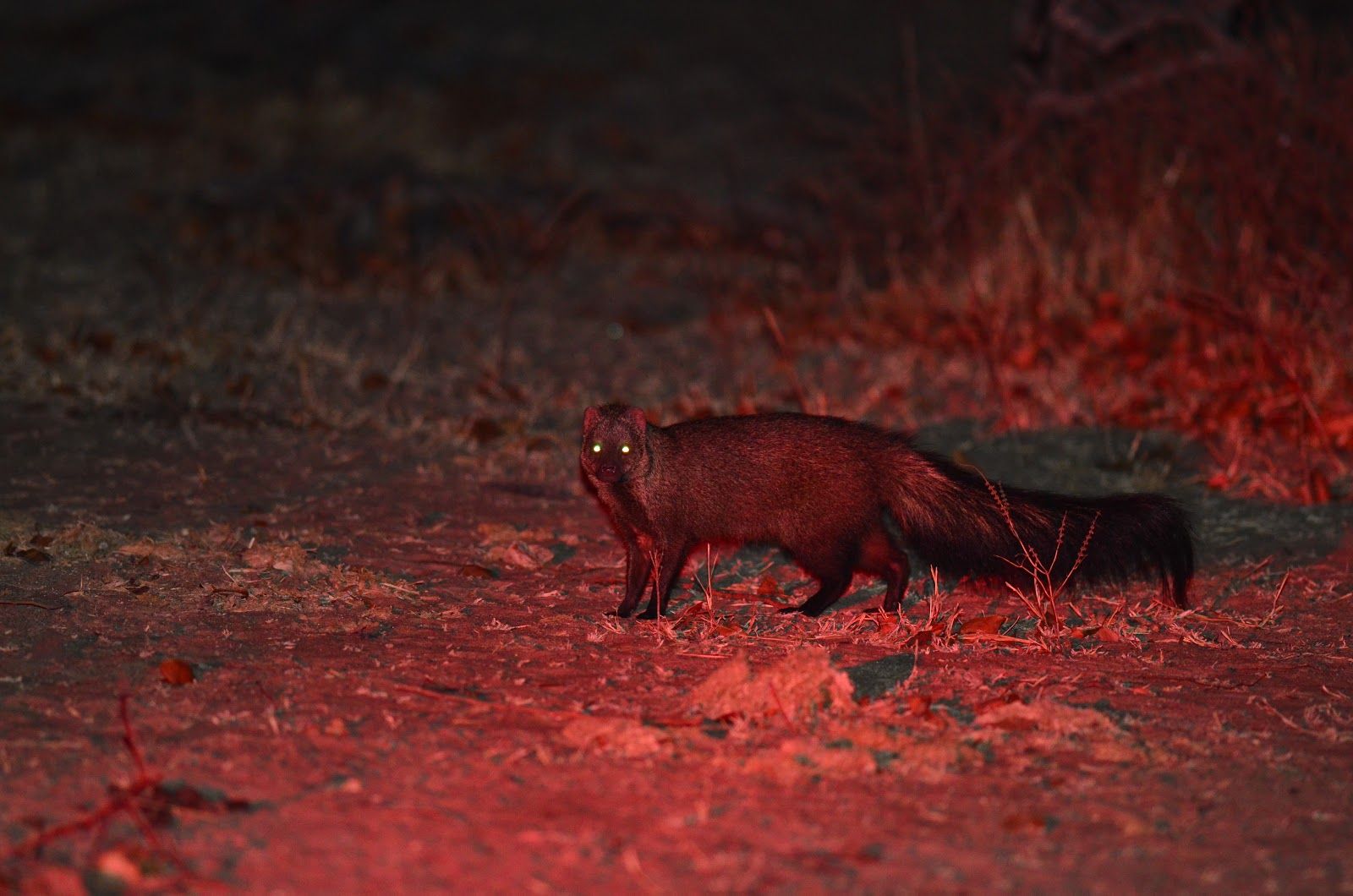
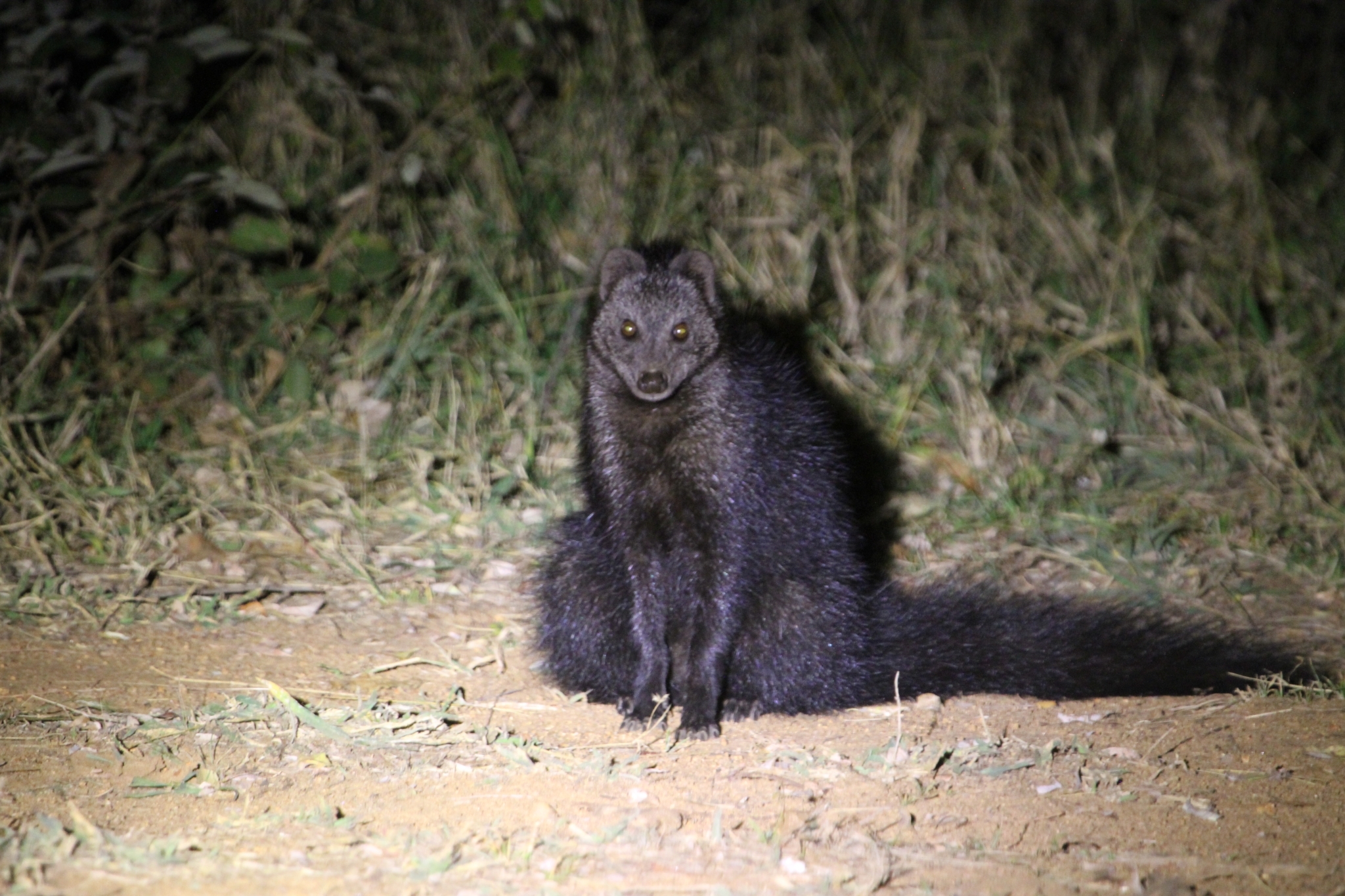
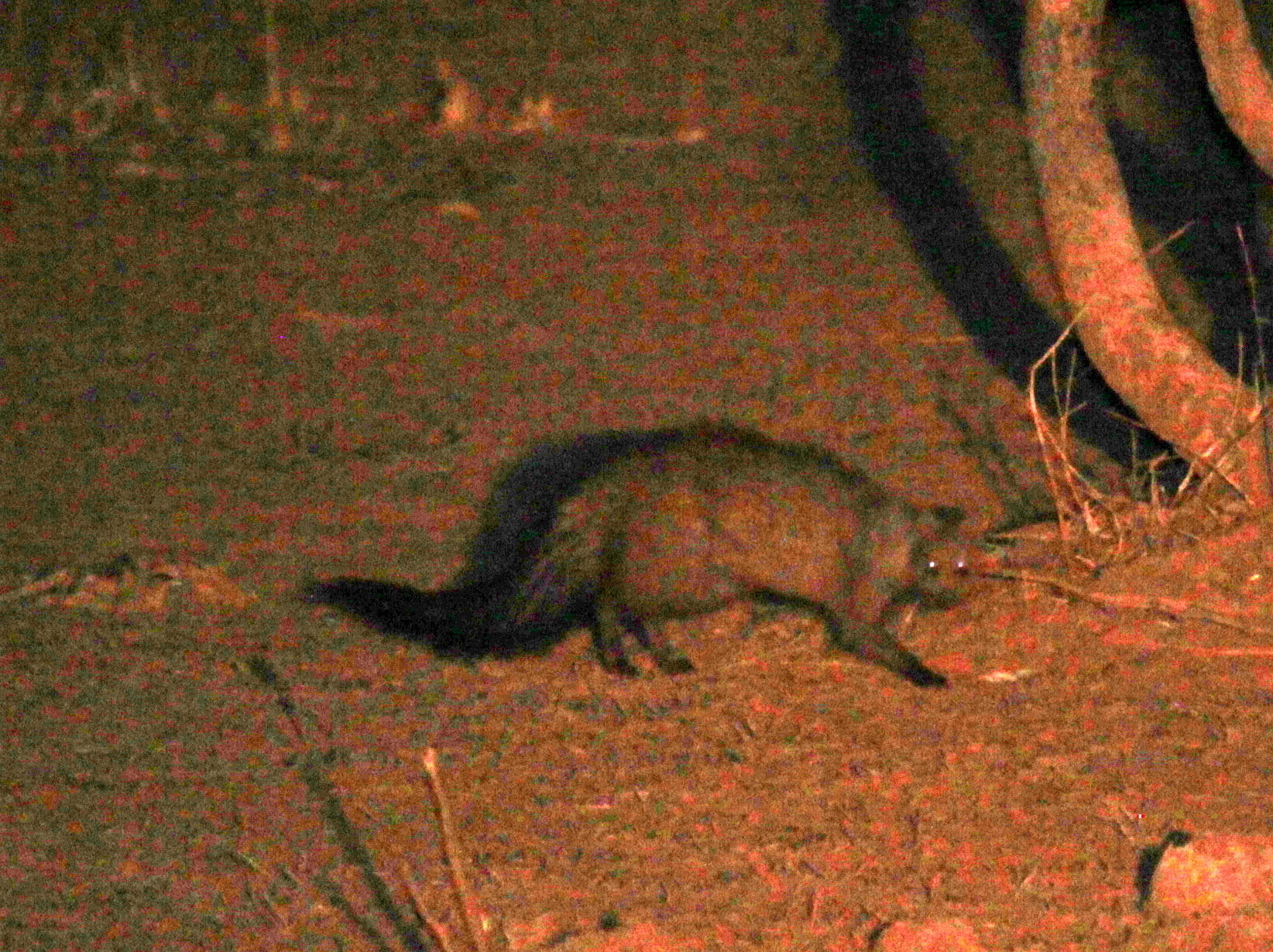
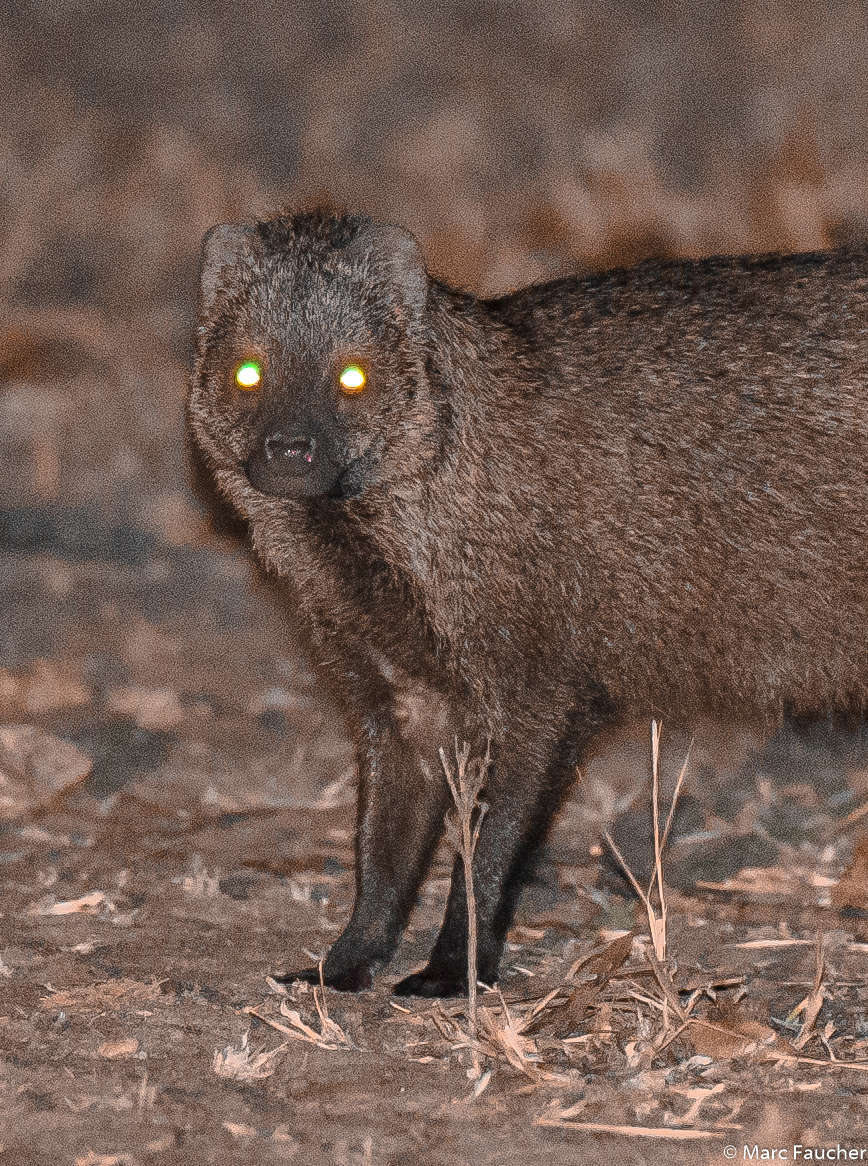
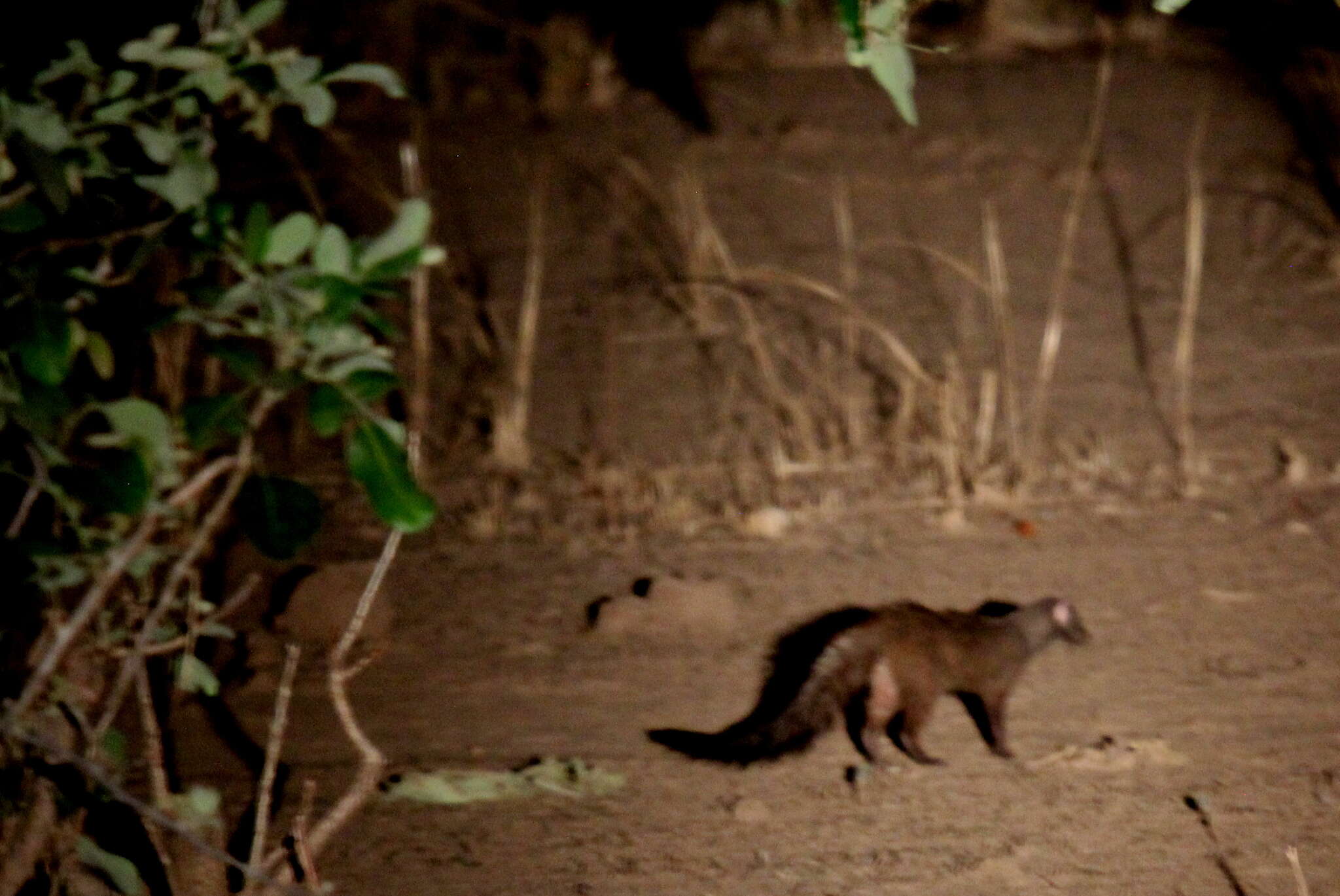
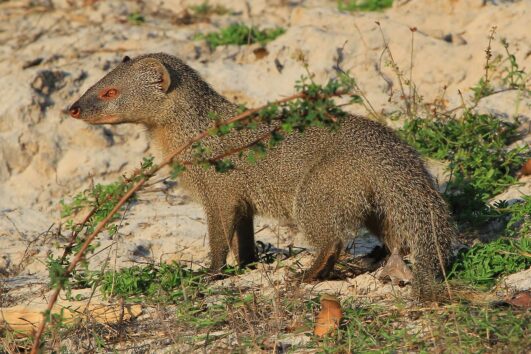
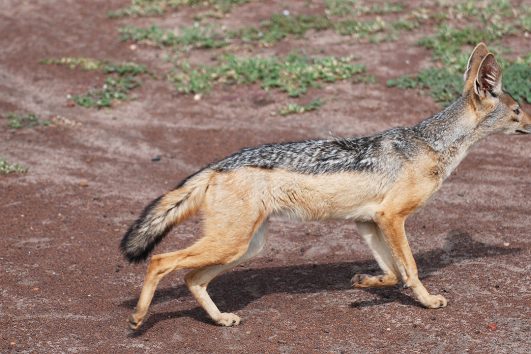
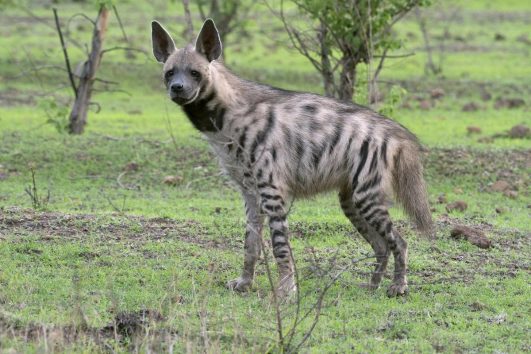
Tour Reviews
There are no reviews yet.
Leave a Review